|
New
Releases |
December 12, 2025
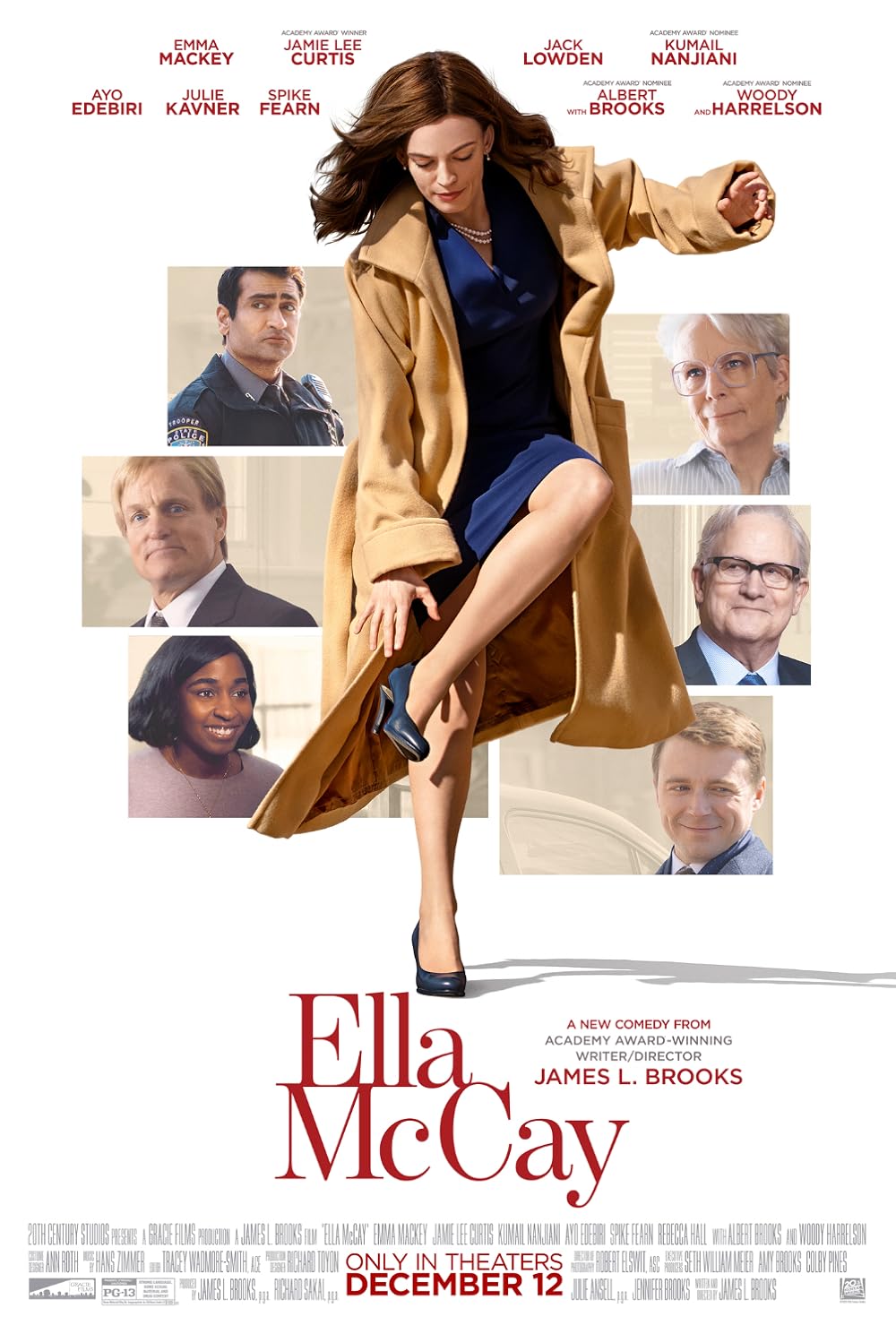
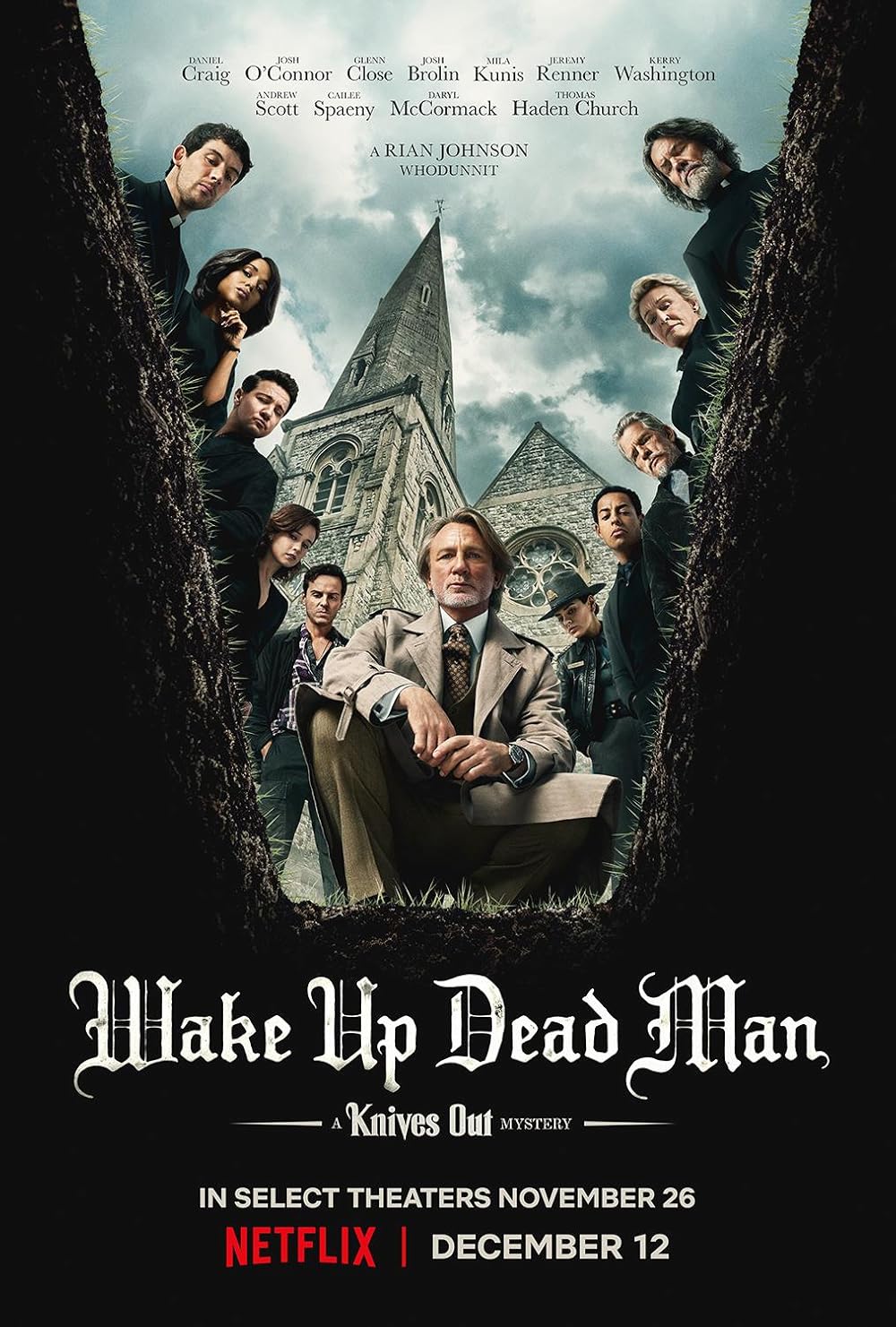 |
December 5, 2025

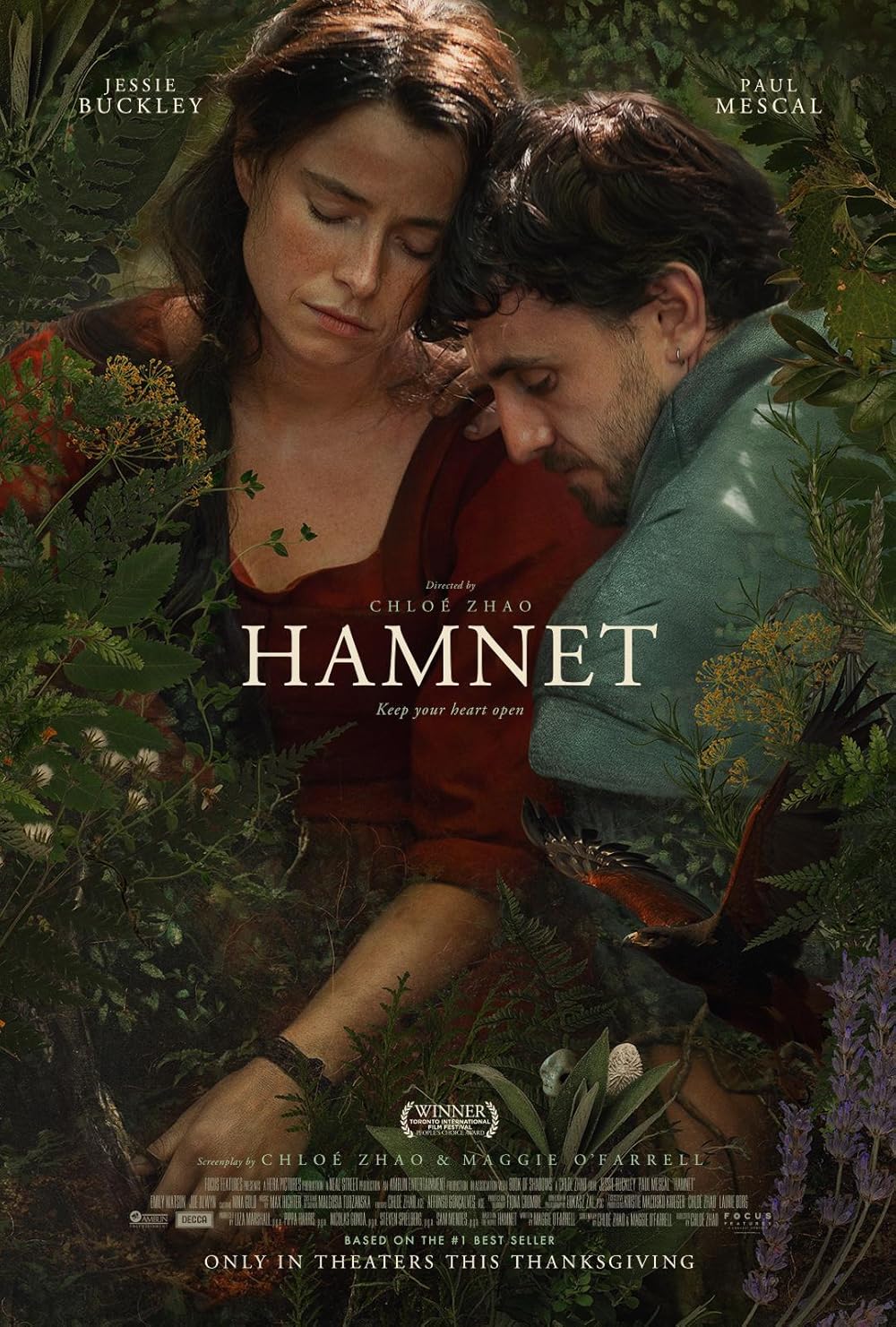
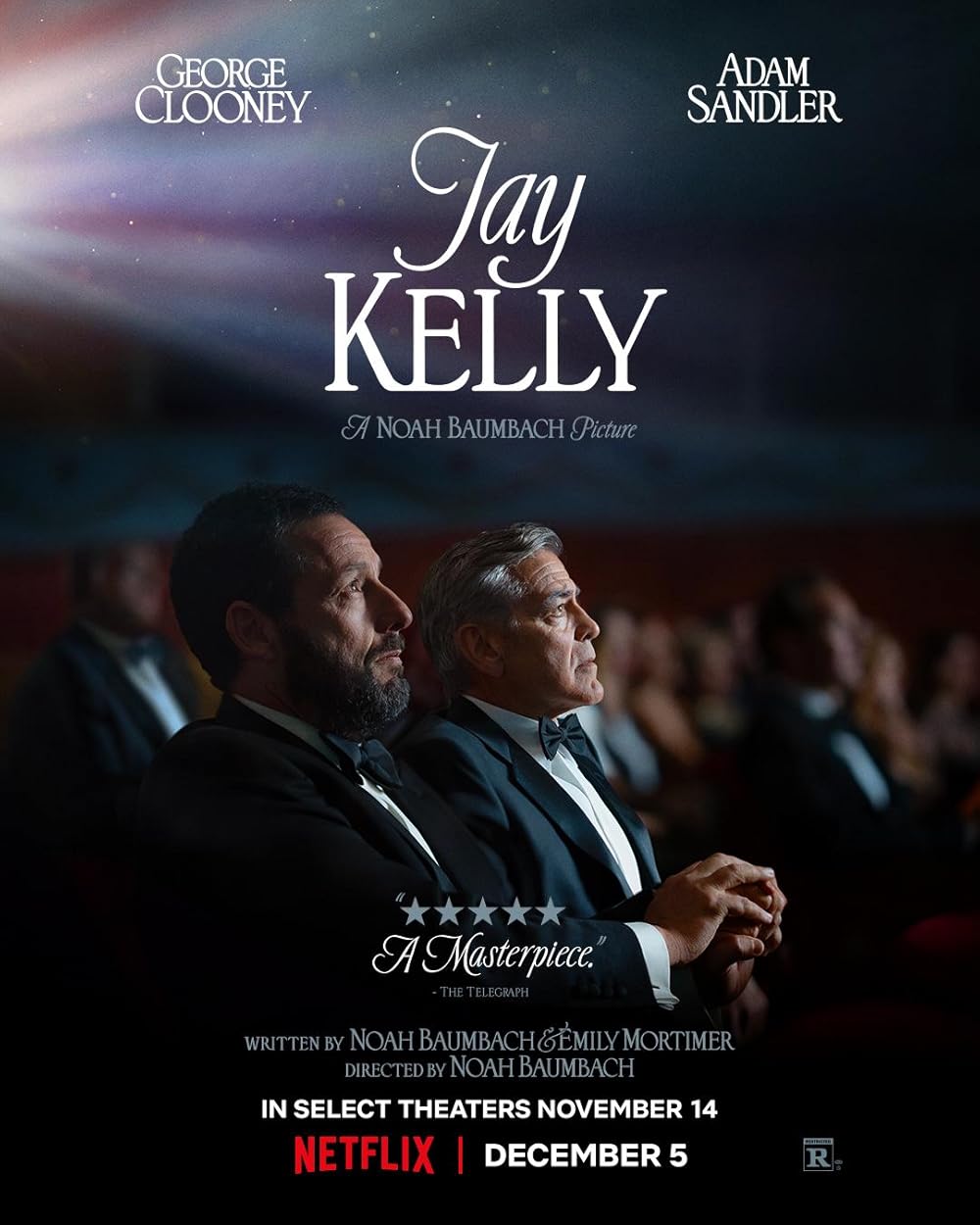
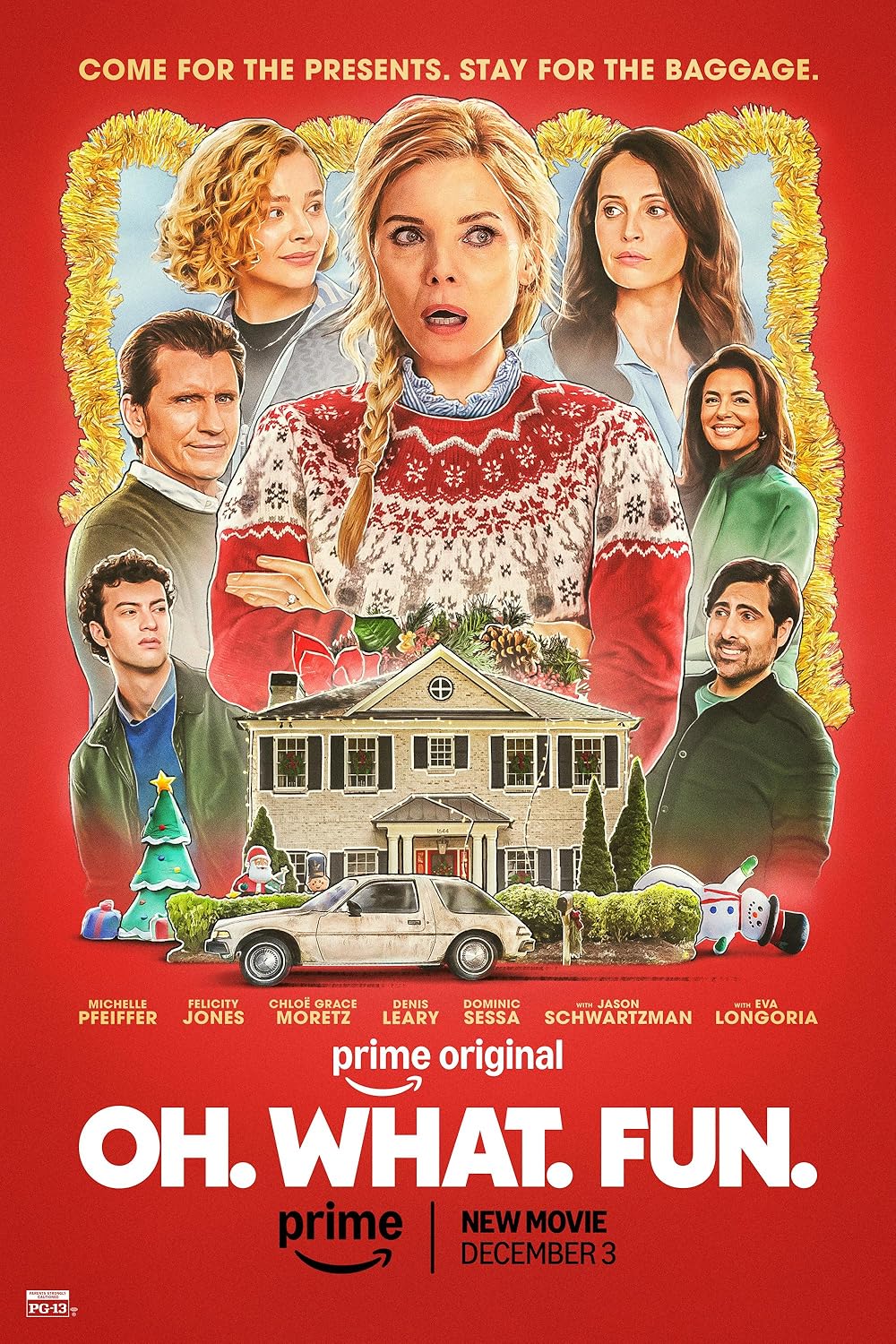 |
November 28, 2025

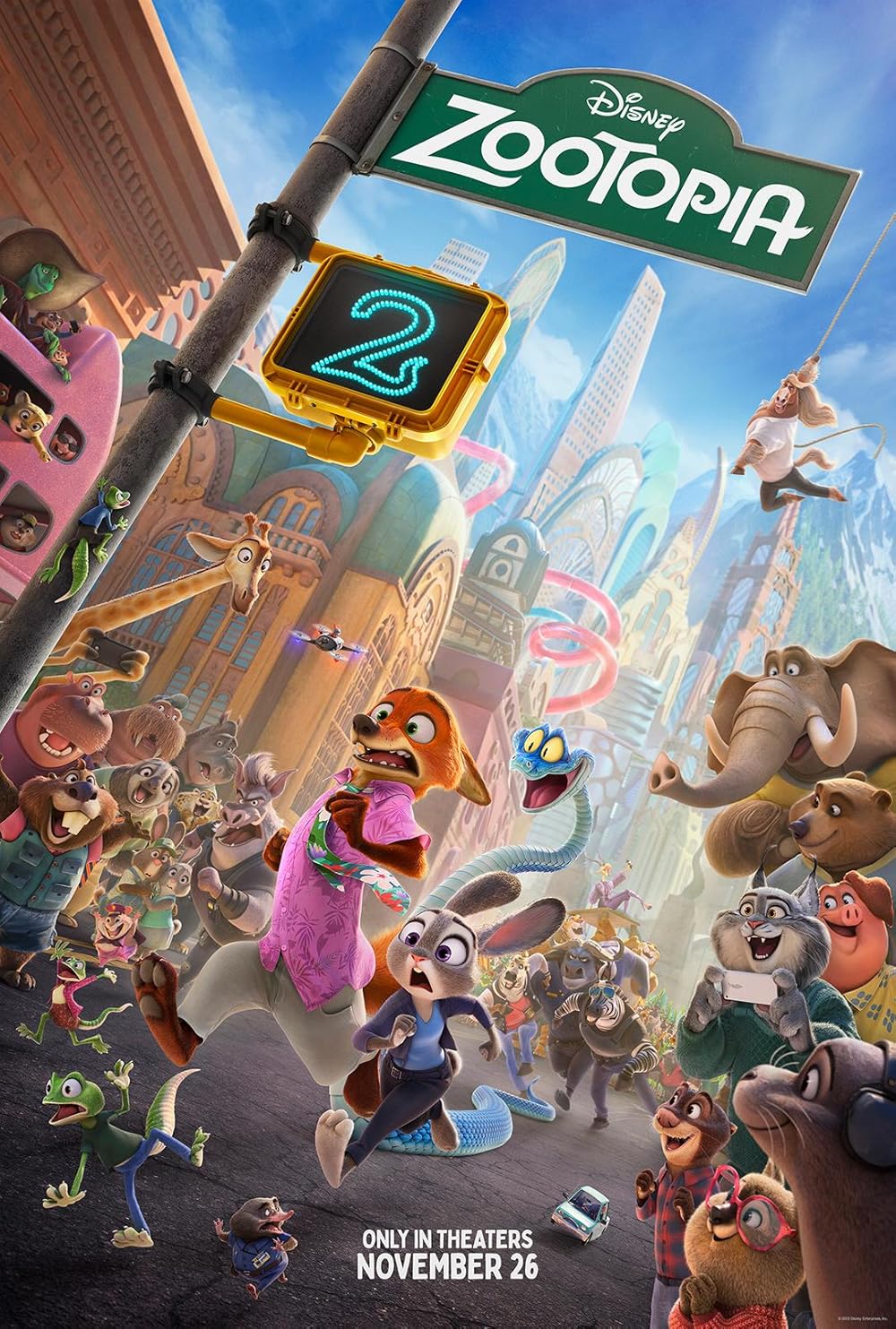 |
November 21, 2025
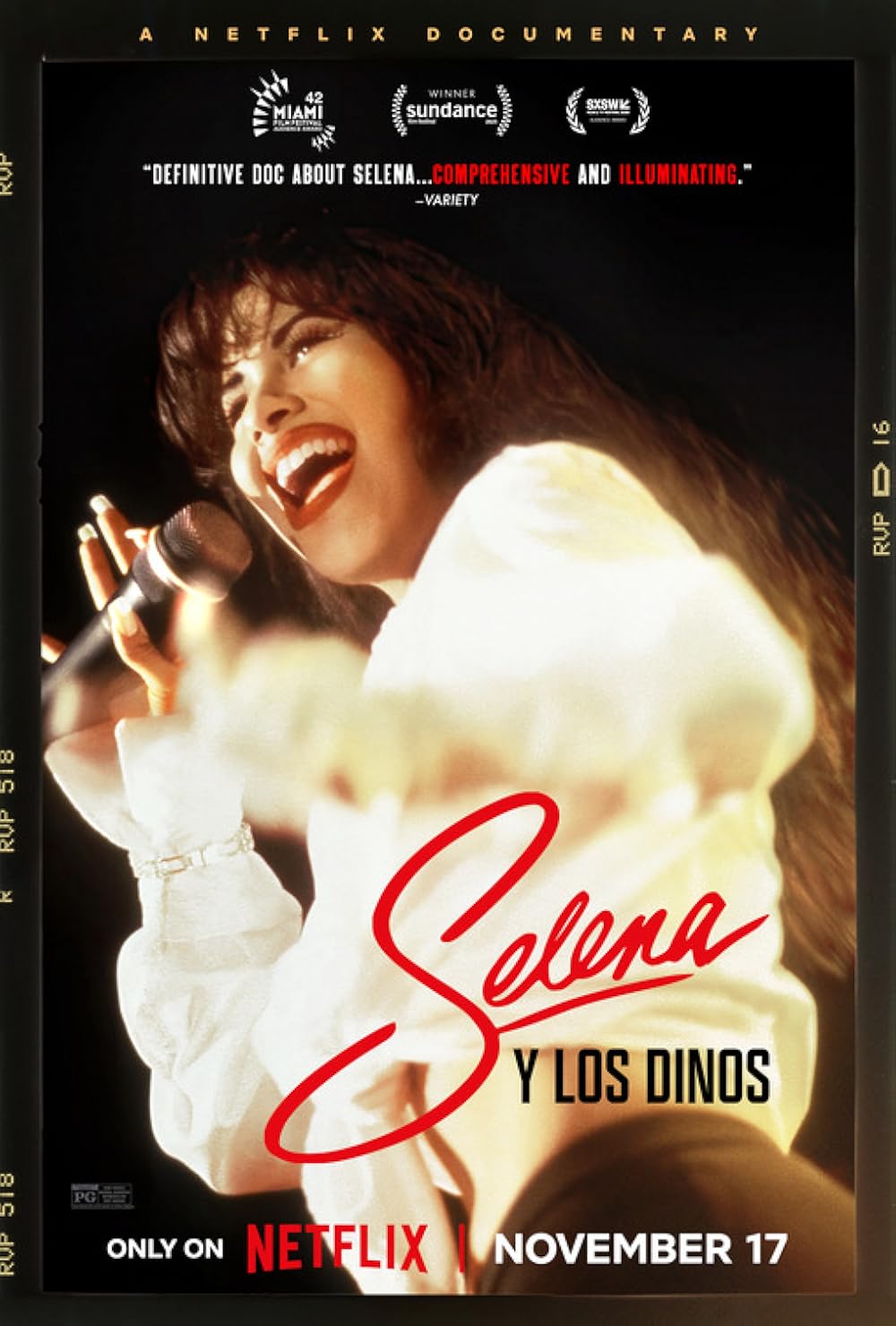
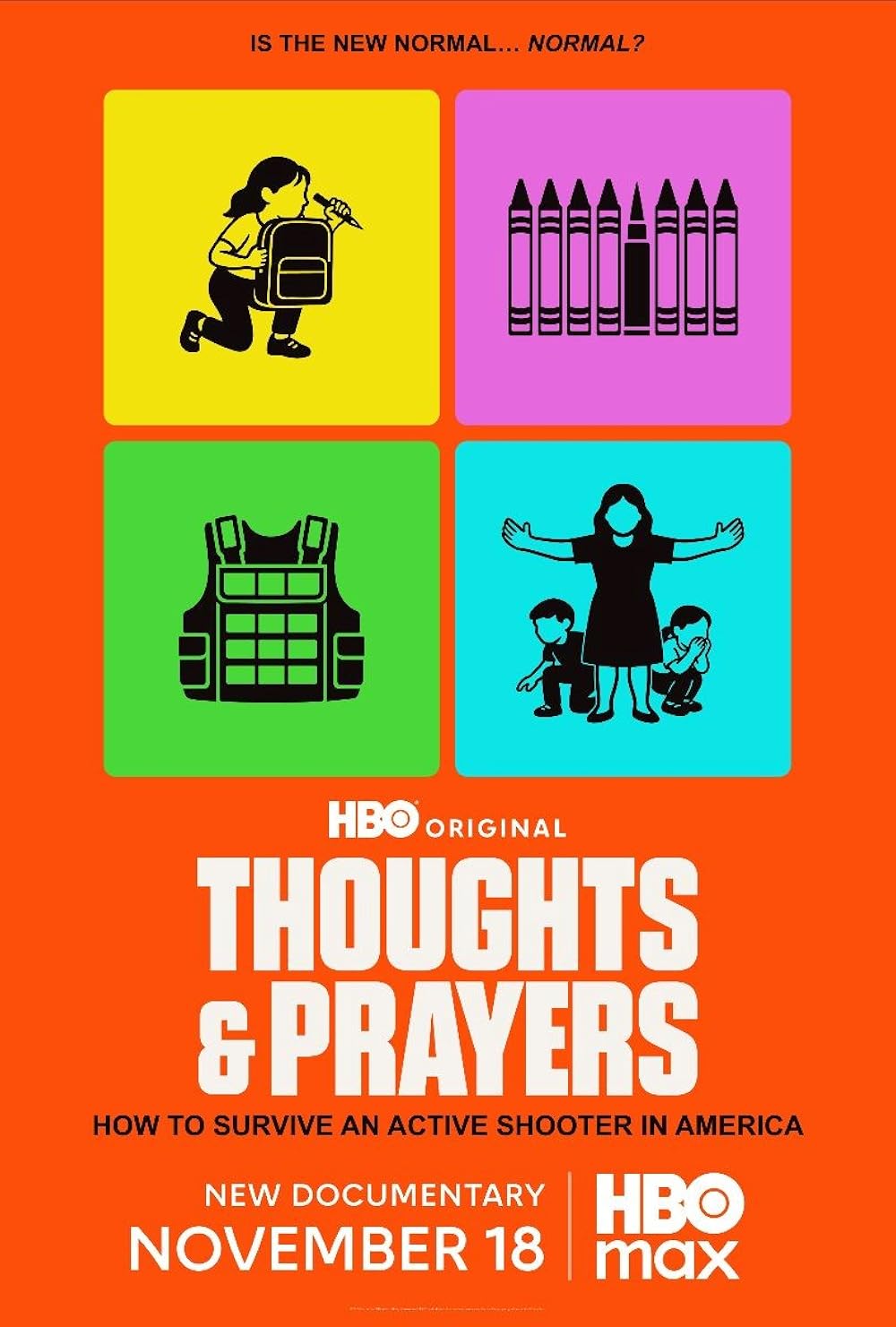
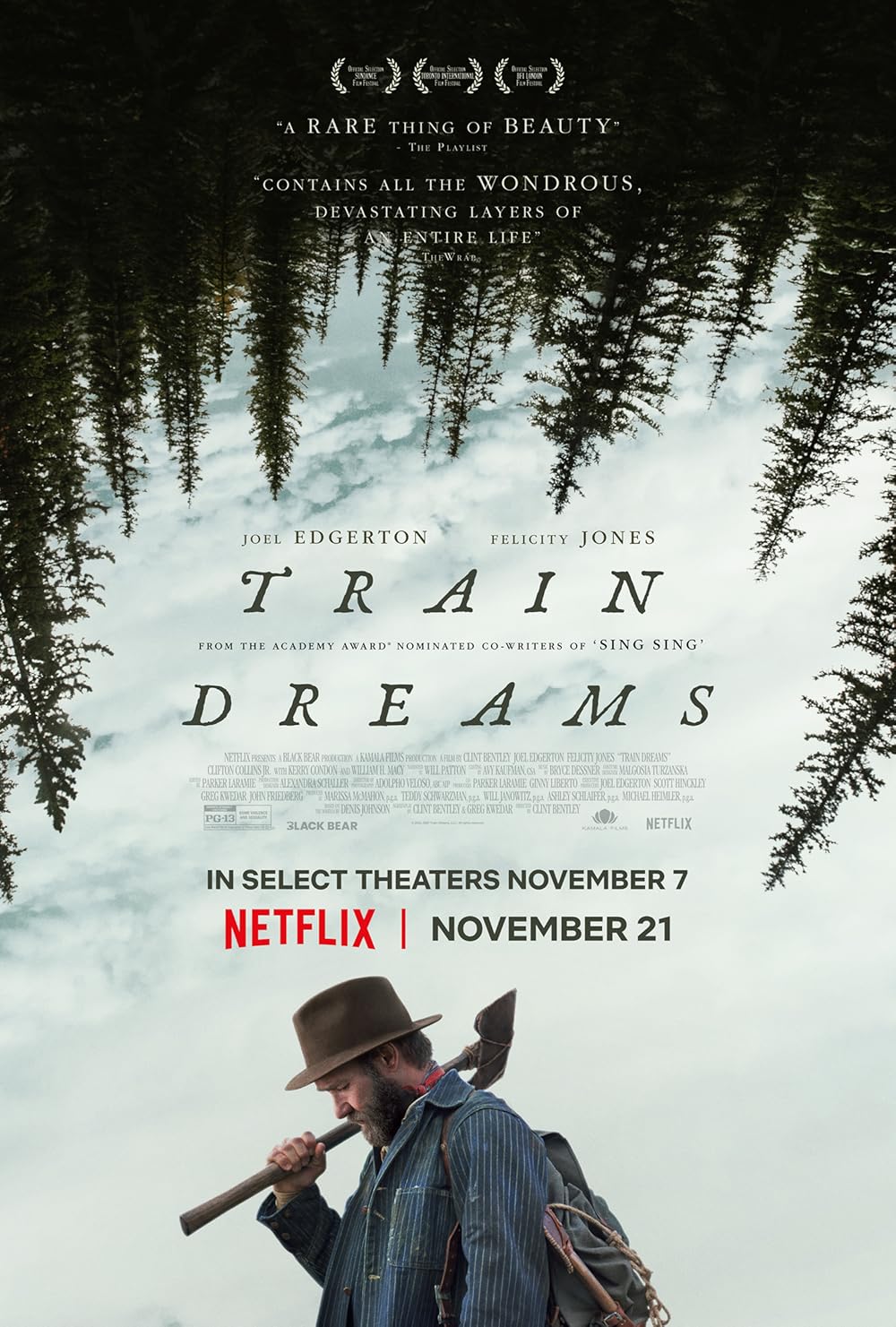
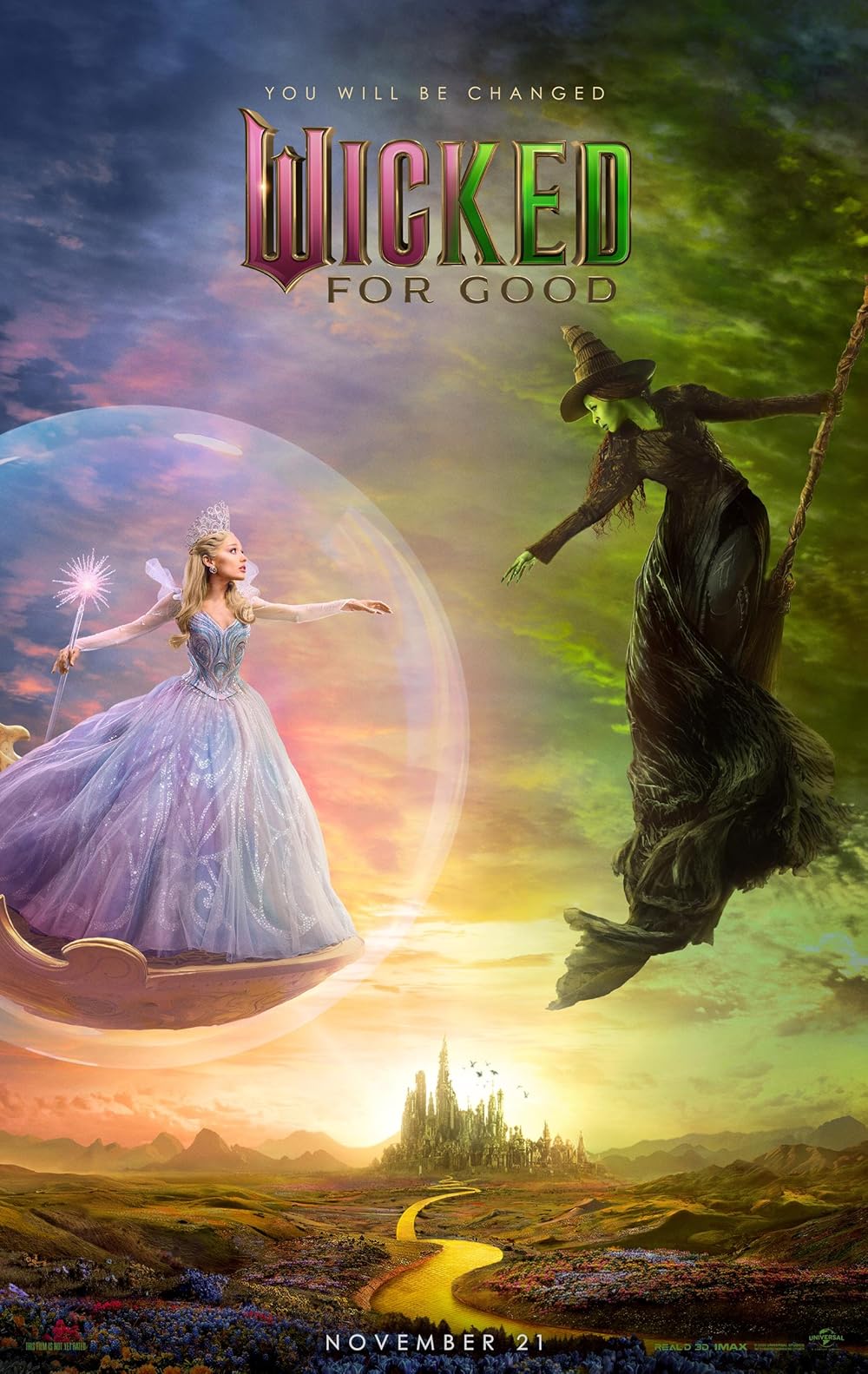 |
November 14, 2025
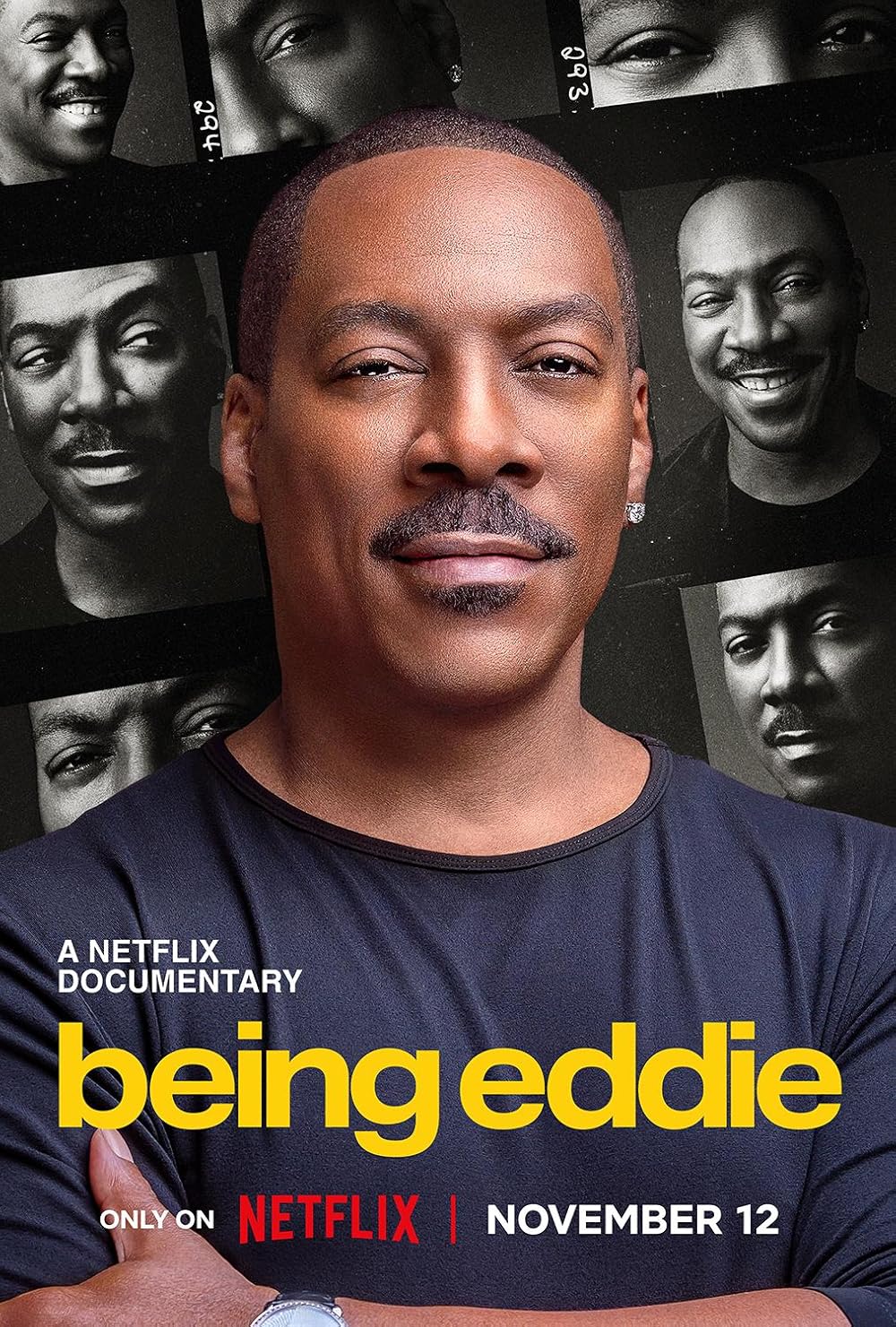
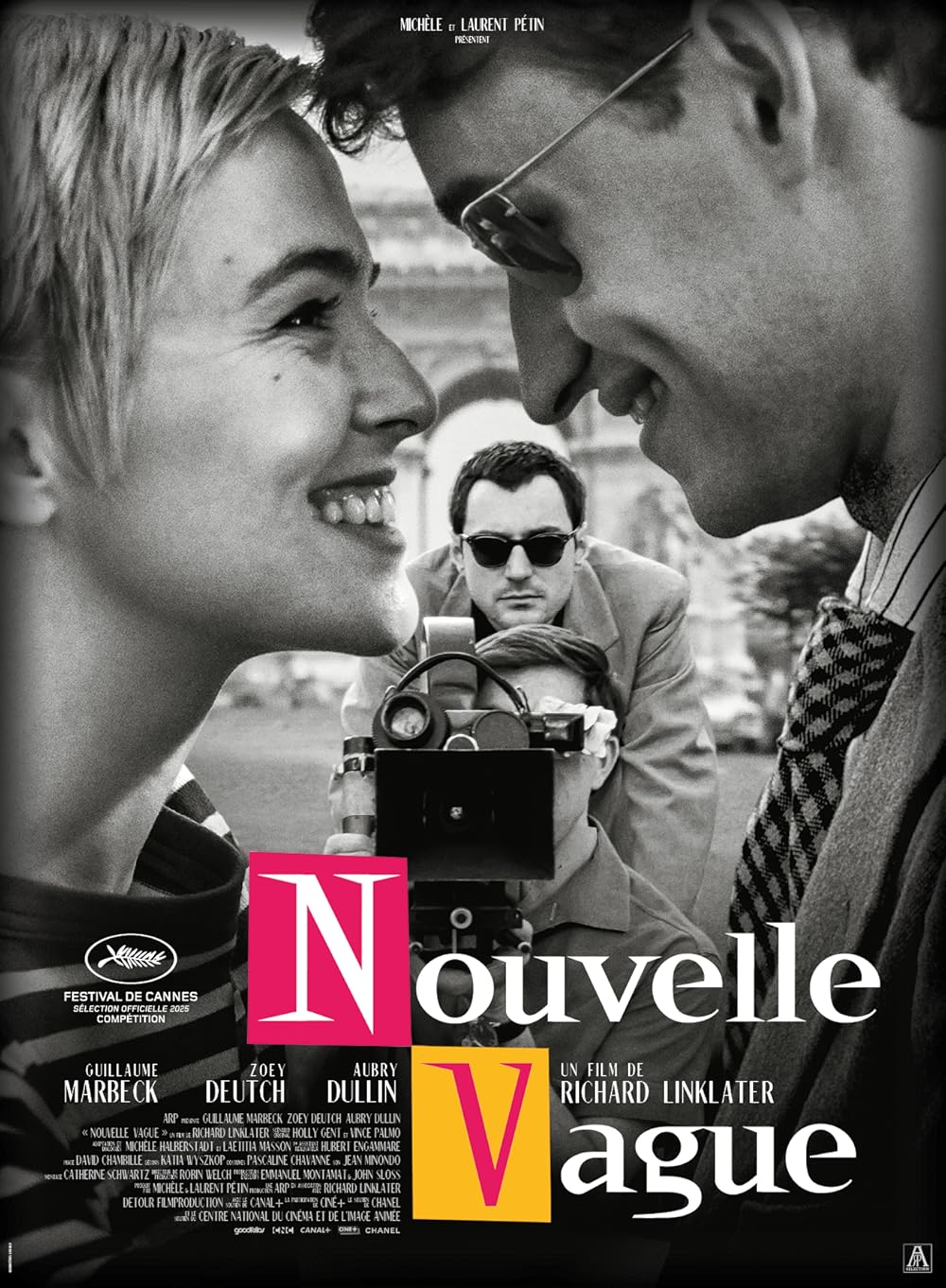
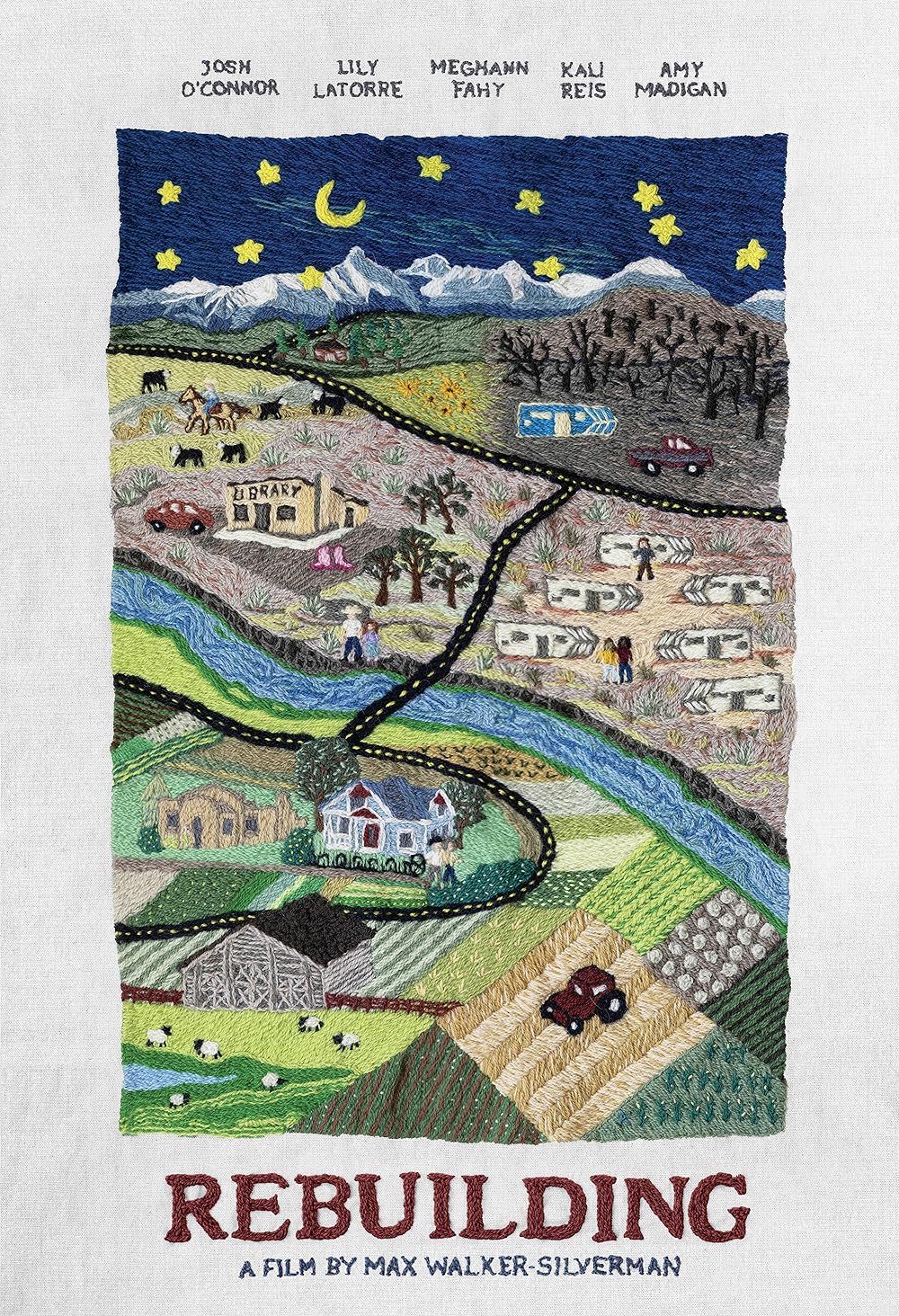
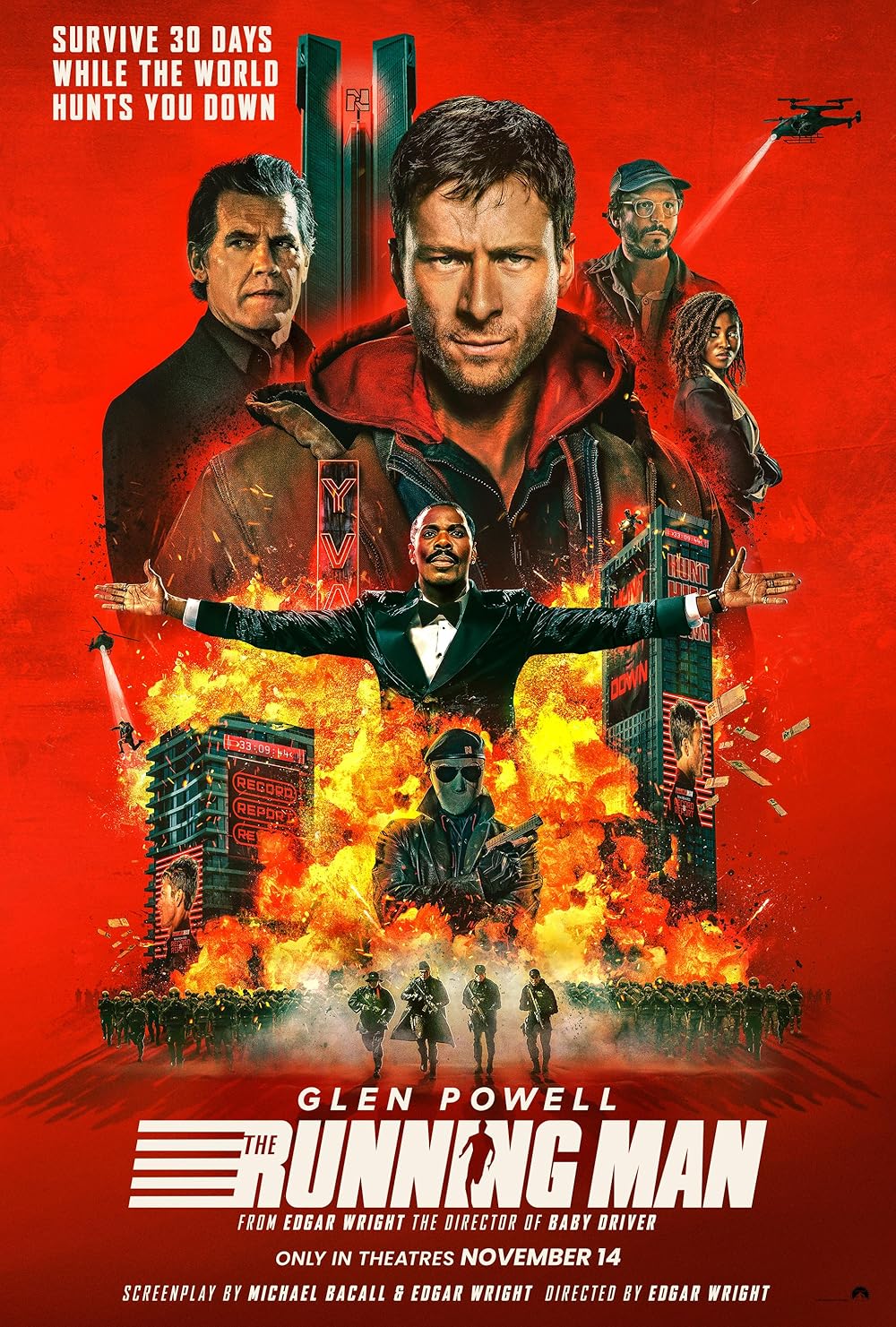 |
|
|
|
Bonnie and Clyde
(1967)
Directed by
Arthur Penn
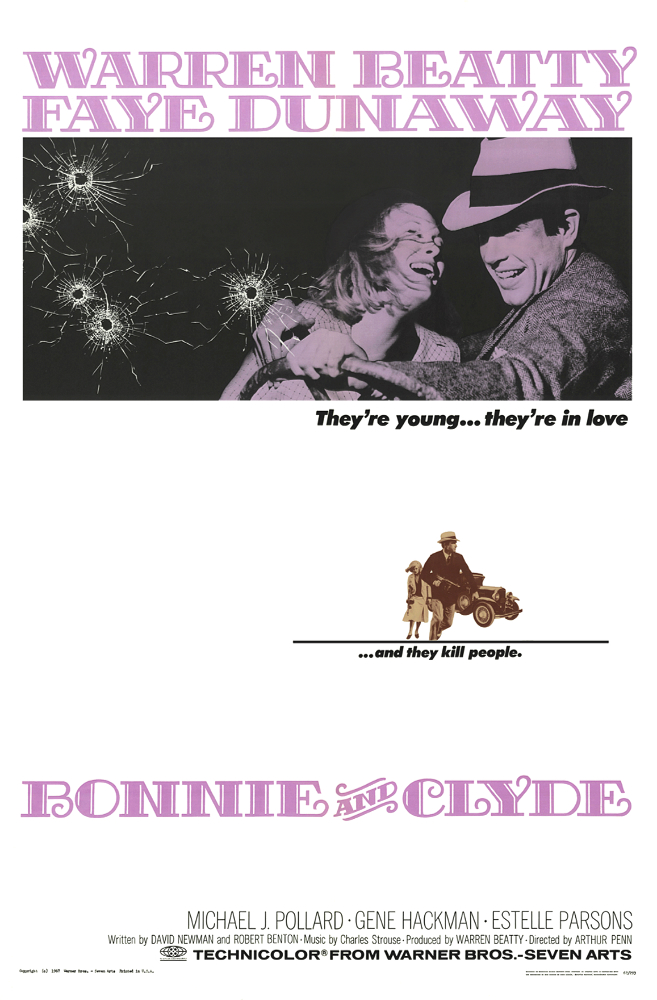
Review by
Zach Saltz
“Some day, they’ll down together
They’ll bury them side by side,
To a few, it’ll be grief,
To the law, a relief,
But it’s death for Bonnie and
Clyde.”
Arthur
Penn’s
Bonnie and Clyde
(1967) belongs on that short list of uniquely, unequivocally American
masterpieces that include
A
Streetcar Named Desire (1951),
In Cold Blood (1967), and
Fargo (1996).
The key
word in that distinction is American; the films aforementioned
all contain elements -- overt and abstract -- that could only be
mastered and materialized by writers and filmmakers that know the
landscape of
America
intimately.
Bonnie and Clyde
does indeed know America better than any scholar or history book will
tell you.
It knows that
famous Americans thrust into the national spotlight -- like the film’s
protagonists, Clyde Barrow and Bonnie Parker -- are usually painfully
normal people, with tendencies, flaws, and urges just like you and me.
It knows about America’s
insatiable yearning for the spectacle, for fame, and for wealth and
material goods.
It also
knows a bit about loneliness, too; the film is set during the Great
Depression in the area of what is now collectively known as “The Dust
Bowl.”
All the characters
of the movie are isolated in some way or another, and feel an
overwhelming emotion of liberation doing the only thing they believe
they were sent on Earth to do:
To rob banks, naturally.
The story is
very simple.
The opening
scenes show a bored Bonnie Parker, basking cheerfully naked around the
room, with the galore and sensuality of a starved sex kitten.
Clyde Barrow waits carefree outside her window, next to her
mother’s car, apparently ready to steal it.
Their eyes meet.
He
tells her that he robs banks.
She doesn’t believe him.
He drives over to a bank and sticks up the teller -- only to be
told that the bank is now out of business and holds no tenure (Clyde
of course forces him to tell Bonnie this so she knows he isn’t lying).
Bonnie and
Clyde continue to rob banks, but it’s very difficult to deem them
cold-blooded thieves.
They’re simply too nice, naïve, and desperate for anyone to think lowly
of them.
Along the way,
they pick of a dumb car hand named C.W. Moss (Michael J. Pollard) and
eventually meet up with Clyde’s older brother, Buck, and his wife,
Blanche (Gene Hackman and Estelle Parsons).
In a sense, they’re all as innocent as Huck and Jim floating down
the
Ohio;
but the film is very keen in the way it presents a shifting morality in
regard to social issues of the time.
Huck and Jim were defying a racist system of caste and hatred;
Bonnie and Clyde are defying a system that flatly turns its back on
people in a time of national economic crisis.
This is shown no more true than in the early scene were Bonnie
and Clyde meet up with an old farmer visiting his repossessed house, and
promptly give him a pistol to shoot at the repossession sign.
There is
another scene later when Clyde is robbing a bank and asks a bystander if
the money he is holding is his own or the banks.
The bystander tells him it is his own, and
Clyde tells him that he can keep it.
It would be easy, then, to label them as Robin Hoods protecting
average citizens from the scum government, but that would not
necessarily be true either; they are enigmas, these people, at one point
loveable, the next detestable.
Perhaps this quality shows the ever changing American aspiration
to hail someone we love to hate.
Technically,
the film is exemplary in its use of mise-en-scéne to heighten elements
of story and character.
The
exterior tones throughout the film are very bland, suggesting not only
the presence of 1930s dust storms, but a morose, death-like quality that
unabashedly shows the isolation of the protagonists alongside the
foreshadowing of their eventual demise. The use of still photographs,
especially during the opening credit sequence, establishes a nostalgic
mood -- a time and place that was long, long ago, but whose lessons and
morals can still be felt in America
today.
There are
three scenes in particular that simply left me awestruck in their
technical majesty and enhancement of emotion through mise-en-scéne.
These scenes also provide integral clues as to Bonnie and
Clyde’s unalterably tragic fate. The first is a high angle
shot of Bonnie running across a corn field, with Clyde chasing her down.
What is particularly amazing about this view is the slow movement
of an unseen cloud overhead, shadowing over the entire wheat field,
including Bonnie and Clyde.
This shot would be easy to create nowadays, with the innovation
of computer generated effects; but one can only believe that this shot,
filmed nearly forty years ago, was a product of pure and unadulterated
luck.
The cloud present the
first sign of Bonnie and
Clyde’s
downfall, and the wide angle expresses the open freedom of the two
protagonists to do whatever they want -- but are ultimately held at bay
by the cloud, about to beset grief and tragedy upon them.
The second
scene is more of a sequence than a single shot; it is the reunion of
Bonnie and her mother, whom she has not seen in months.
This scene is easily distinguishable from all other scenes in the
film because of the soft focus mid-range shots.
It appears as though there is a party going on, but you could
never tell that because of the dark, foreboding atmosphere in which
director Penn chose to film the scene.
For a while, I suspected that the entire sequence may have been a
dream (furthering this belief was the improbability of Bonnie being able
to reunite with her entire family without the police knowing about it).
But whether it is reality or not is almost beside the point; this
is a completely different and discrete atmosphere from the wild and
vibrant mood when Bonnie and
Clyde
are robbing banks.
It
suggests a very harsh reality, and shows the ramifications that
shameless escapism and a life of crime can have on a normal,
full-blooded family unit, and when Bonnie’s mother says goodbye to her
daughter, we know it is the last exchange that will ever take place
between these two women who, at one point it seems, loved and cared for
each other very much.
The third
scene comes toward the end of the film, and consists of a singe shot.
Both Bonnie and Clyde are at the height of their national popularity, but
find themselves in deep trouble after being shot by the police.
C.W. drives them to an extended family of Okies (perhaps a mirror
reflection of Bonnie’s reunion scene) and asks them to spare some water,
as to heal the wounds.
The
family is dumbstruck; perhaps they have seen Bonnie and Clyde’s names in the paper, perhaps it is just the mere
sight of two bloodied and helpless bodies lying in the back seat of a
car.
Whatever the reason,
the group is stunned, and in the midst of one of the most painstakingly
quiet sequences ever filmed, we see a man in a hat, standing outside
Clyde’s window, quietly caress his bloody hand.
Again, this is beautifully ambiguous; is the man responsive to
the fact that Clyde is by now a
celebrity?
Is he astonished
by the sudden presence of outsiders on his small ramshackle of land, and
in this caress showing his longing for escape from the problems of
poverty and sickness?
Or is
it simply a gesture of human sympathy -- reaching out to help a dying
man in time of crisis?
It’s hard to
believe that, for a while in the mid-sixties, the front-runners to
direct this film were Francois Truffaut and Jean-Luc Goddard.
It is the unique American perspective and meditation on violence,
notoriety, and stark isolationism contrasted with rugged individualism.
I do not mean to be course or narrow-minded, but could anyone
outside this country convey the longing and inexplicable sadness
expressed in this motion picture?
The speech and dialect of the film may be prescribed as banal,
but there is a certain poetic beauty in those final few haunting lines
of the poem Bonnie sends in to the papers to be published.
Her and Clyde know that their fates are up to the heavens, but
for one brief, gleaming moment they see a path that may lead out of
their abhorred and dull lives, and that route was through each other --
all of this implied in their last gaze into each other’s eyes moments
before their sudden and violent deaths.
This makes
Bonnie and
Clyde a stunning American statement on the desire to love and to be
loved, even if you are detested by everyone else.
Rating:

# 39 on Top 100
# 1 of 1967
|
|
New
Reviews |

Podcast Featured Review |

Podcast Review - Terry |
30th Anniversary
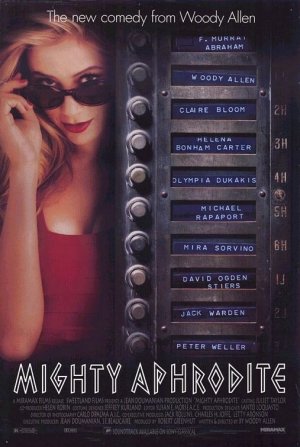
Podcast Oscar Review - Terry |
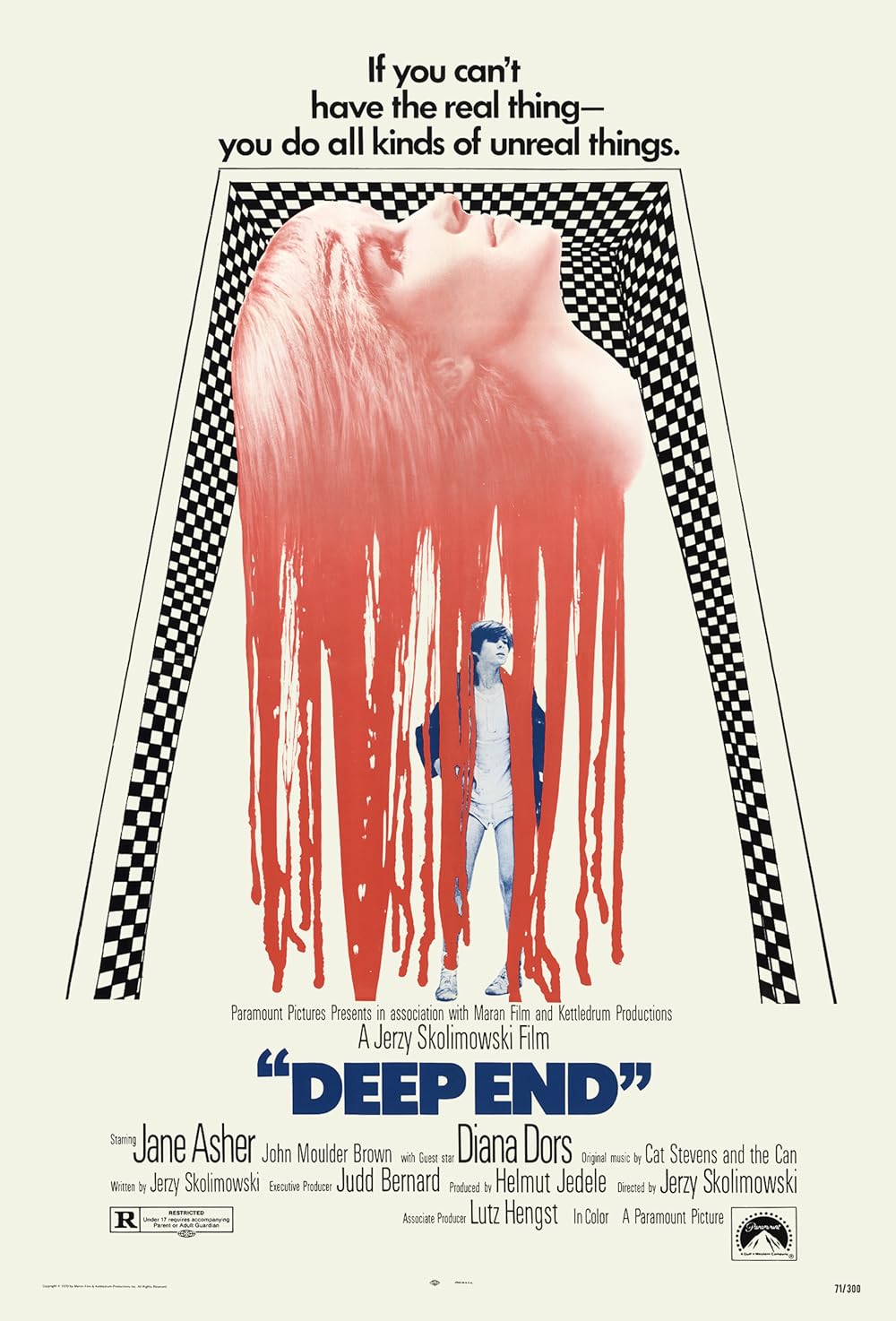
Podcast Review - Zach |
Sh*t on My Shelf Watch
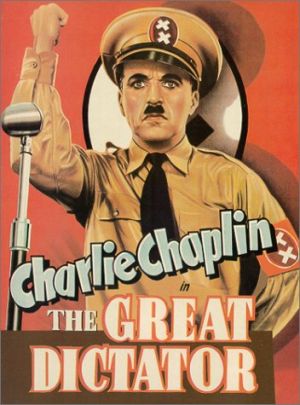
Podcast Review - Adam |
20th Anniversary

PODCAST CHRISTMAS
DEEP DIVE |
Zach Most Anticipated #3

Podcast Featured Review |
Terry Most Anticipated #8

Podcast Featured Review |

Podcast Review - Terry |

Podcast Review - Zach |
10th Anniversary
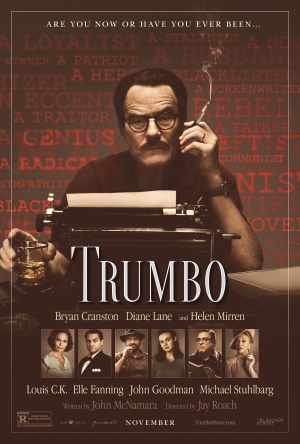
Podcast Oscar Review - Terry |
Liotta Meter Karen Watch
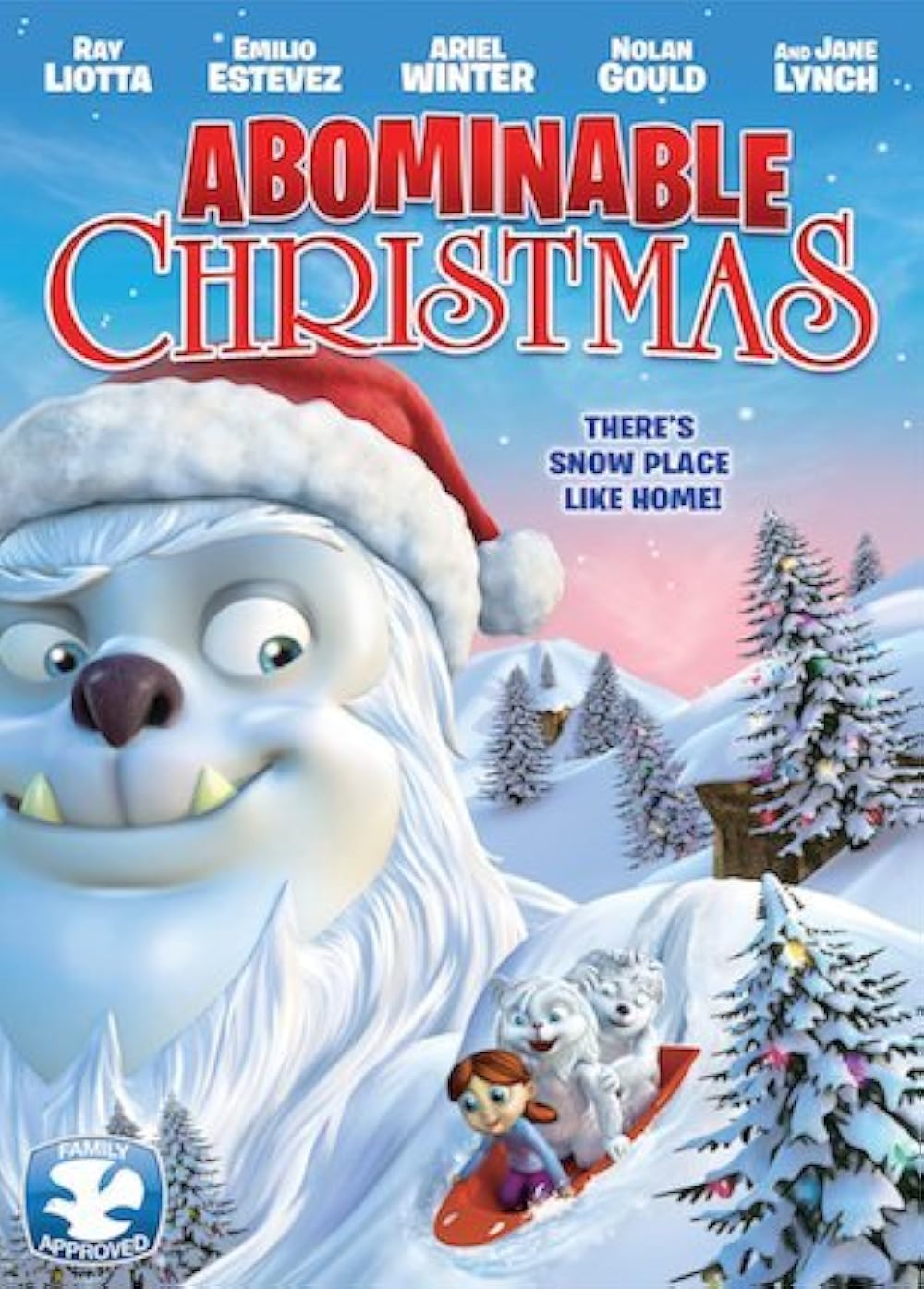
Podcast Review - Todd |
Sh*t on My Shelf Watch
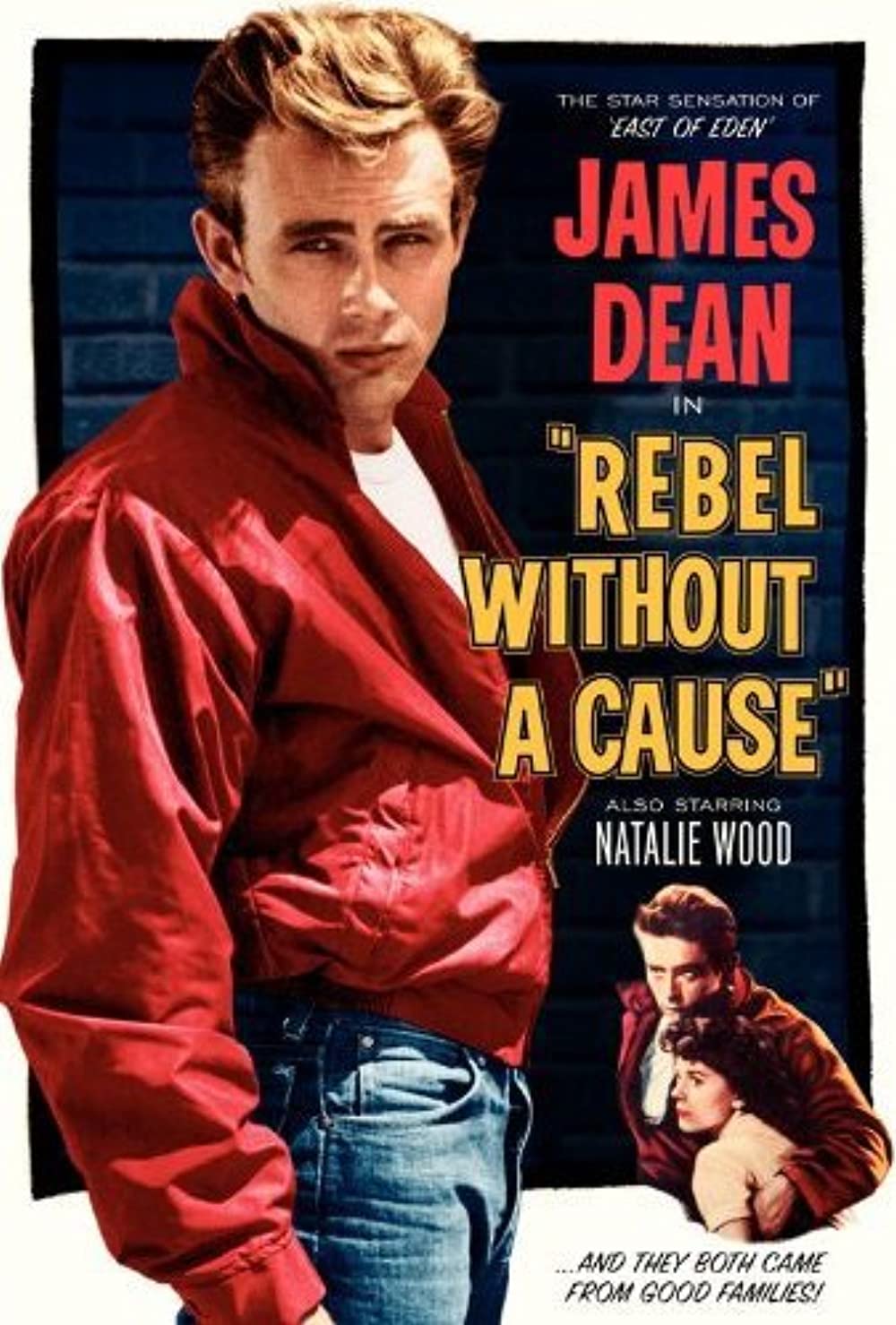
Podcast Review - Adam |
Zach Most Anticipated #2
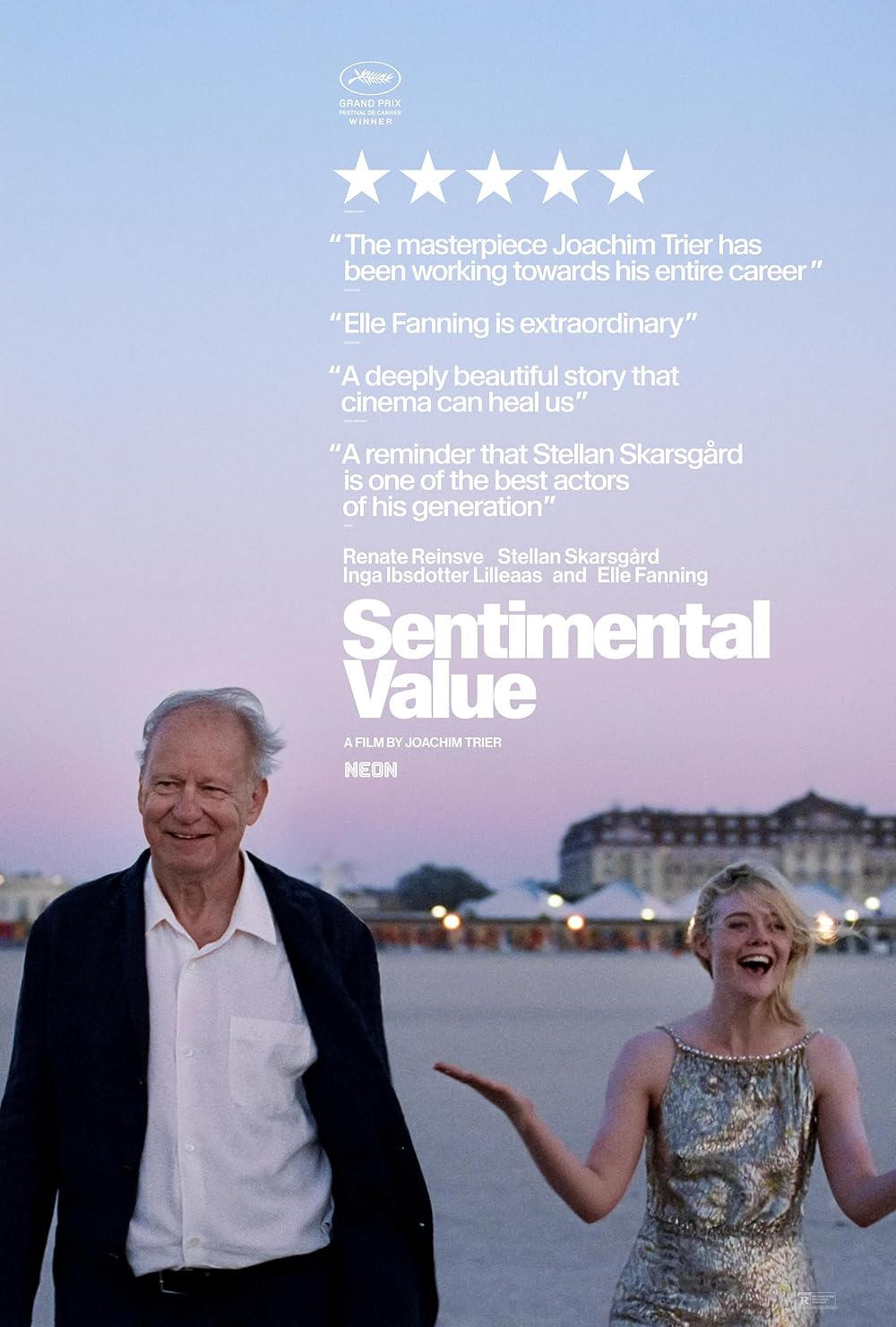
Podcast Featured Review |
Adam Most Anticipated #6

Podcast Featured Review |
Zach Most Anticipated #9
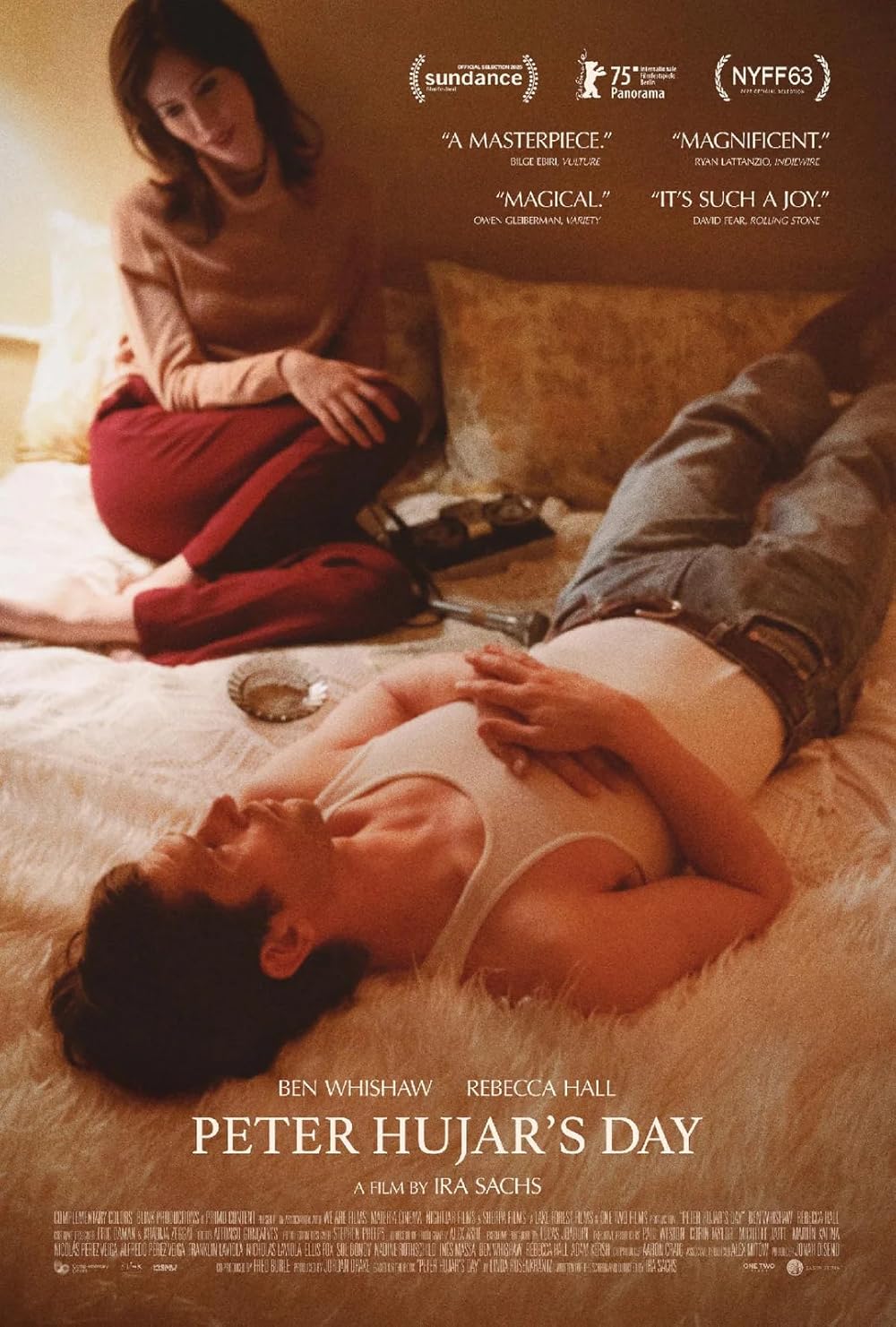
Podcast Review - Zach |
|
|
|